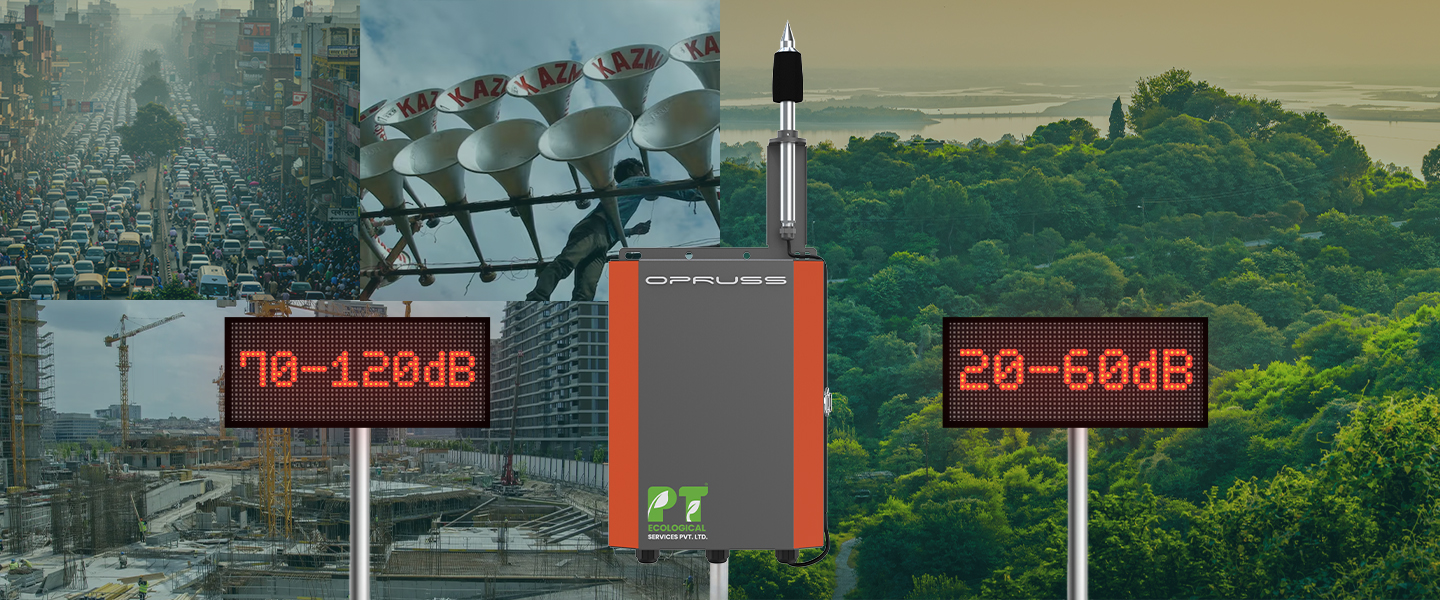
Noise Pollution Monitoring System
Importance
Monitoring noise pollution is essential for assessing its impact on human health and the environment. A reliable Noise Pollution Monitoring System provides real-time data on noise levels, helping authorities identify sources of excessive noise and implement mitigation measures to protect communities and wildlife.
Why Choose PT Ecological Services?
PT Ecological Services is a trusted provider of environmental monitoring solutions with a proven track record of excellence. Our Noise Pollution Monitoring System stands out for its reliability, accuracy, and user-friendly interface. With over 15 years of experience in environmental management, our dedicated team ensures that our solutions meet the highest standards of quality and performance. We prioritize customer satisfaction, regulatory compliance, and environmental responsibility, making us the preferred choice for noise pollution monitoring solutions.
Key Features
- Real-time Monitoring: Our Noise Pollution Monitoring System offers continuous real-time monitoring of noise levels, allowing for immediate detection of fluctuations and abnormal patterns.
- High Accuracy: Our system ensures high accuracy in noise level measurements with advanced sensors and precision instruments, providing reliable data for decision-making.
- Customizable Parameters: Users can customize parameters such as time intervals and frequency bands to suit specific monitoring requirements and objectives.
- Remote Access: The system supports remote access capabilities, enabling users to monitor noise levels and access data from any location with internet connectivity.
- Data Logging: Comprehensive data logging features allow for the storage and analysis of historical noise level data, facilitating trend analysis and long-term monitoring.
Moreover, a website application is developed to share real-time data with the public for their awareness. Remote stations gather and store data, which is then transmitted via a GPRS communications system to the central database. The application accesses this database to display measured data in numeric form or as time series graphs. It also allows data to be downloaded in various formats (CSV, XML, zip) and displays images captured by cameras installed on the remote stations.

| Zone Category: | (Silence, Residential, Commercial, Industrial) |
| LAF/S and LCF/S: | (Average and Instantaneous) |
| Lpeak: | Lpeak-day; Lpeak-night; Leq A Day; Leq A Night; Leq A Day Min; Leq A Night Min; Leq A Day Max; Leq A Night Max; Leq C Day; Leq C Night; Leq C Day Min; Leq C Night Min; Leq C Day Max; Leq C Night Max; L10 & L90 |
FAQ
Our Noise Pollution Monitoring System utilizes advanced sensors and precision instruments to continuously measure noise levels in real-time. The data collected is then analyzed to identify patterns, trends, and sources of excessive noise.
Yes, our system offers customizable parameters, allowing users to adjust settings such as time intervals and frequency bands to meet their specific monitoring needs and objectives.
Absolutely! Our Noise Pollution Monitoring System is designed to meet or exceed regulatory standards set by authorities such as the Environmental Protection Agency (EPA) and local environmental agencies. We ensure that our systems undergo rigorous testing and calibration to maintain accuracy and compliance with environmental regulations.
